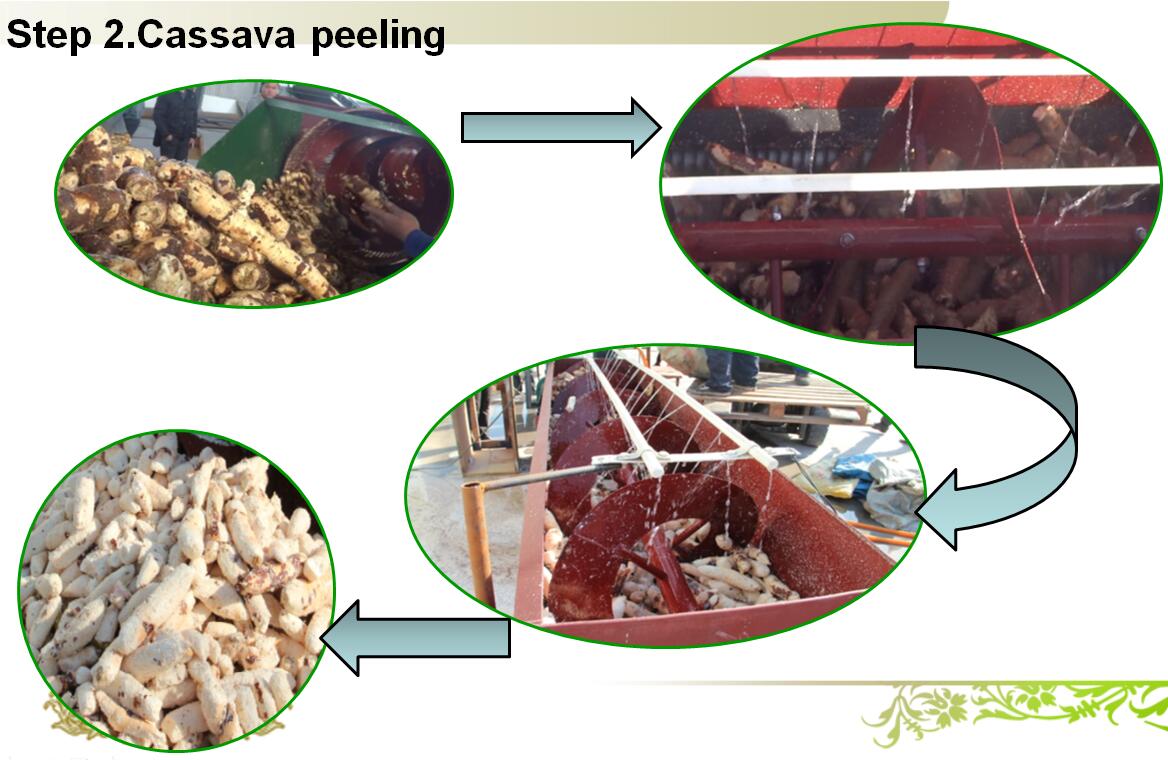 Tel/WhatsApp
Tel/WhatsApp
Current tapioca starch wastewater (TSW) management in Indonesia

Tapioca washing
Druing the tapioca starch production, there wil be large amounts of wastedwater we need the handle. This article presents a current tapioca starch wastewater (TSW) management in Indonesia, for both technologies and regulations. Finding about the current tapioca starch wastewater management is presented. Indonesia is the third largest tapioca starch producer in the world after Thailand and Brazil. As a result, tapioca starch wastewater (TSW) is increasing. TSW pollutes the environment if it is discharged untreated. Several treatments have been used for TSW treatment. Indonesia has regulations related to effluent quality standard for tapioca starch wastewater. Currently, regulation is not working properly on some industrial sites. High BOD and COD in tapioca starch wastewater can make tapioca starch wastewater into valuable products such as methane as a fuel of power plant.

Tapioca peeling
Using fermentation method, TSW can be used as organic fertilizer for vegetable crops. TSW still contain starch and fibrous so that it can be used as raw material for manufacture of nata de cassava. The government is urged to find a sustainable technology for tapioca starch wastewater management. Biodegradable plastic (polyhydroxyalkanoates) producing technology from TSW-tapioca starch wastewater can be applied in Indonesia. This technology treats the TSW into valuable product.
-
 Why are the costs of transporting goods in Africa so high?
Why are the costs of transporting goods in Africa so high?
-
 Why invest in the cassava processing business in Nigeria?
Why invest in the cassava processing business in Nigeria?
-
 Financial analysis of cassava flour production in Cameroon
Financial analysis of cassava flour production in Cameroon
-
 Is cassava flour plant a profitable business in Uganda?
Is cassava flour plant a profitable business in Uganda?
-
 How long will it take to ship cassava processing machine to Nigeria?
How long will it take to ship cassava processing machine to Nigeria?








